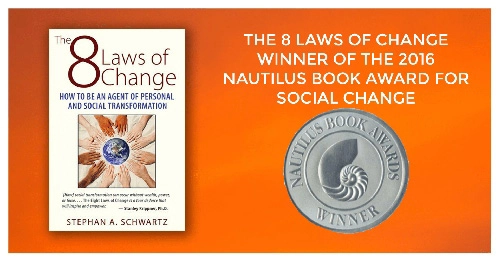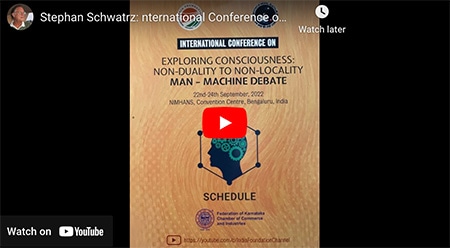
Yoshihiro Shibata visits the temple in Hara-izumi village, Japan. The last monk left years ago because donations were insufficient, given the village’s dwindling population.
Credit: Julie Makinen / Los Angeles Times
KAKEGAWA, JAPAN — The red-roofed temple at the top of the hill closed about a decade ago, and now Yoshihiro Shibata can’t even remember its name, though the 54-year-old dairy farmer has lived in this picturesque village all his life.
“The income of the temple depends on the number of residents, and there weren’t enough to keep a monk here,” he said, looking around the deserted grounds nestled amid the village’s lush landscape of tea plants and hydrangeas, bamboo and pine trees.
A few years after the temple shut its doors, the village tea-processing factory closed down and the elementary school too. Now, the remaining students are bused an hour away.
“When I was young, we […]









